Draba verna

Description
Draba verna belongs to the cabbage family (Brassicaceae) and grows only as an annual. The name Spring Draba refers to its very early flowering time, here in Central Europe it blooms from February to May.
The plant, which grows to a height of only 3 to 10 centimeters, is closely related to the Rockcress (Arabis). It can be found along roadsides, on railway embankments, walls and in meadows.
Other common names are Early Whitlow Grass, Shadflower and Nailwort.
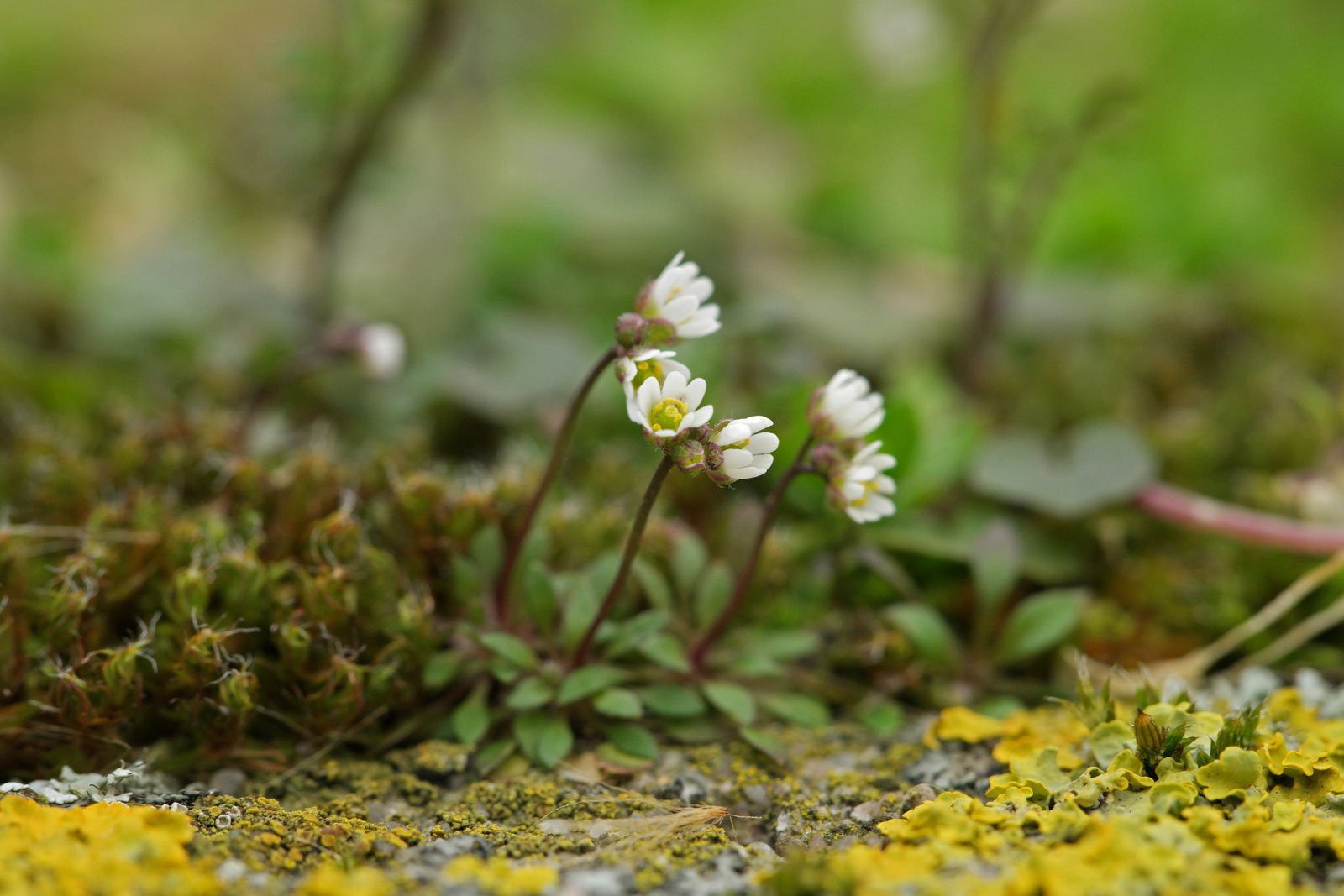
Countries
Apart from Europe, Spring Draba is also native to North Africa (Algeria, Morocco, Tunisia) and Asia (West Asia to India).
Northern Europe: Denmark, Finland, Great Britain, Ireland, Iceland, Norway, Sweden
Central Europe: Belgium, Germany, Netherlands, Austria, Poland, Slovakia, Switzerland, Czech Republic
Eastern Europe: Estonia, Latvia, Lithuania, Moldova, Ukraine, Belarus
South-Eastern Europe: Albania, Bosnia and Herzegovina, Bulgaria, Greece, Croatia, Italy, Macedonia, Montenegro, Romania, Serbia, Slovenia
South-Western Europe: France, Portugal, Spain
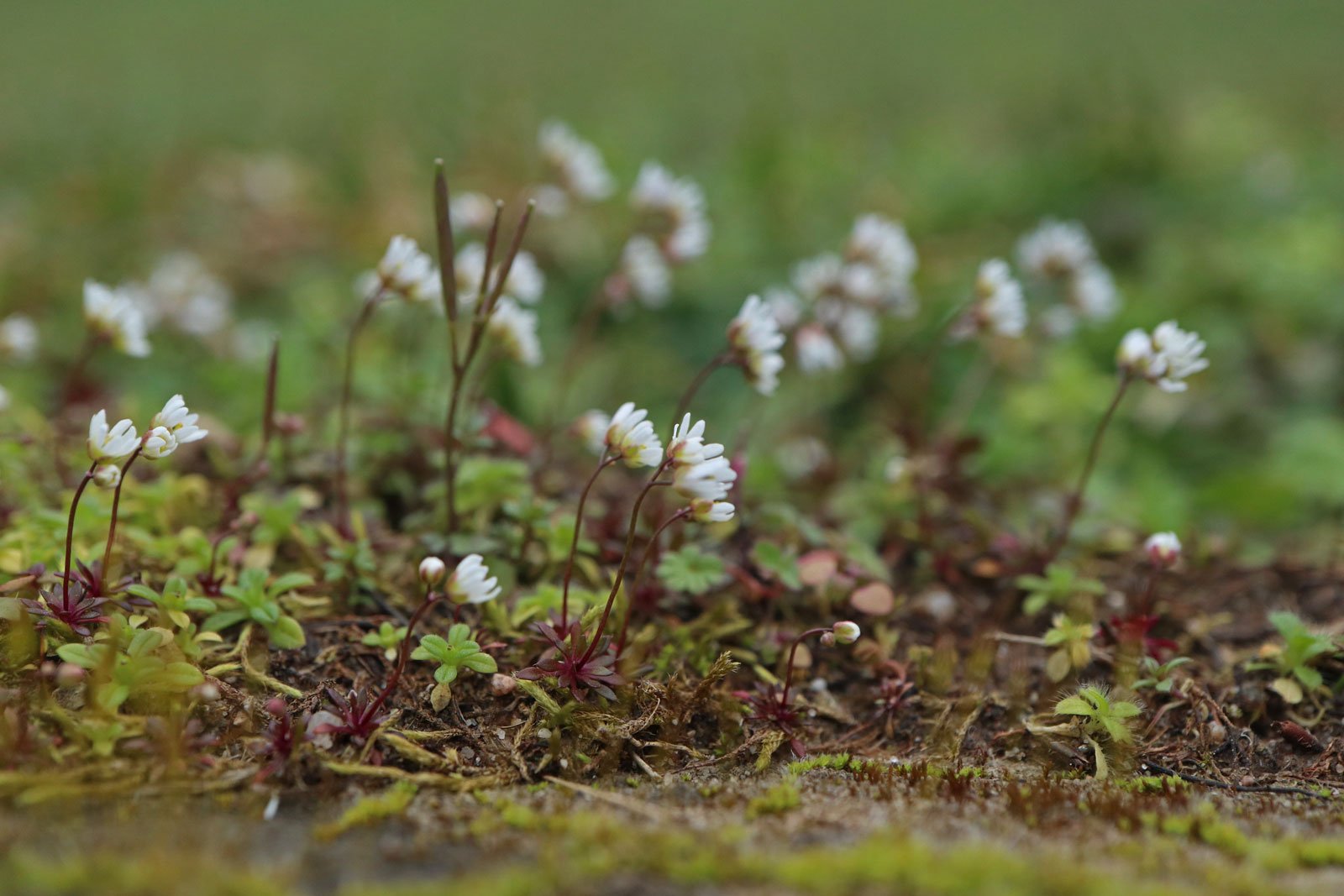
Uses
Spring Draba is neither used as a medicinal nor as an ornamental plant. For rock gardens, the closely related Yellow Whitlow-Grass (Draba aizoides) is suitable.
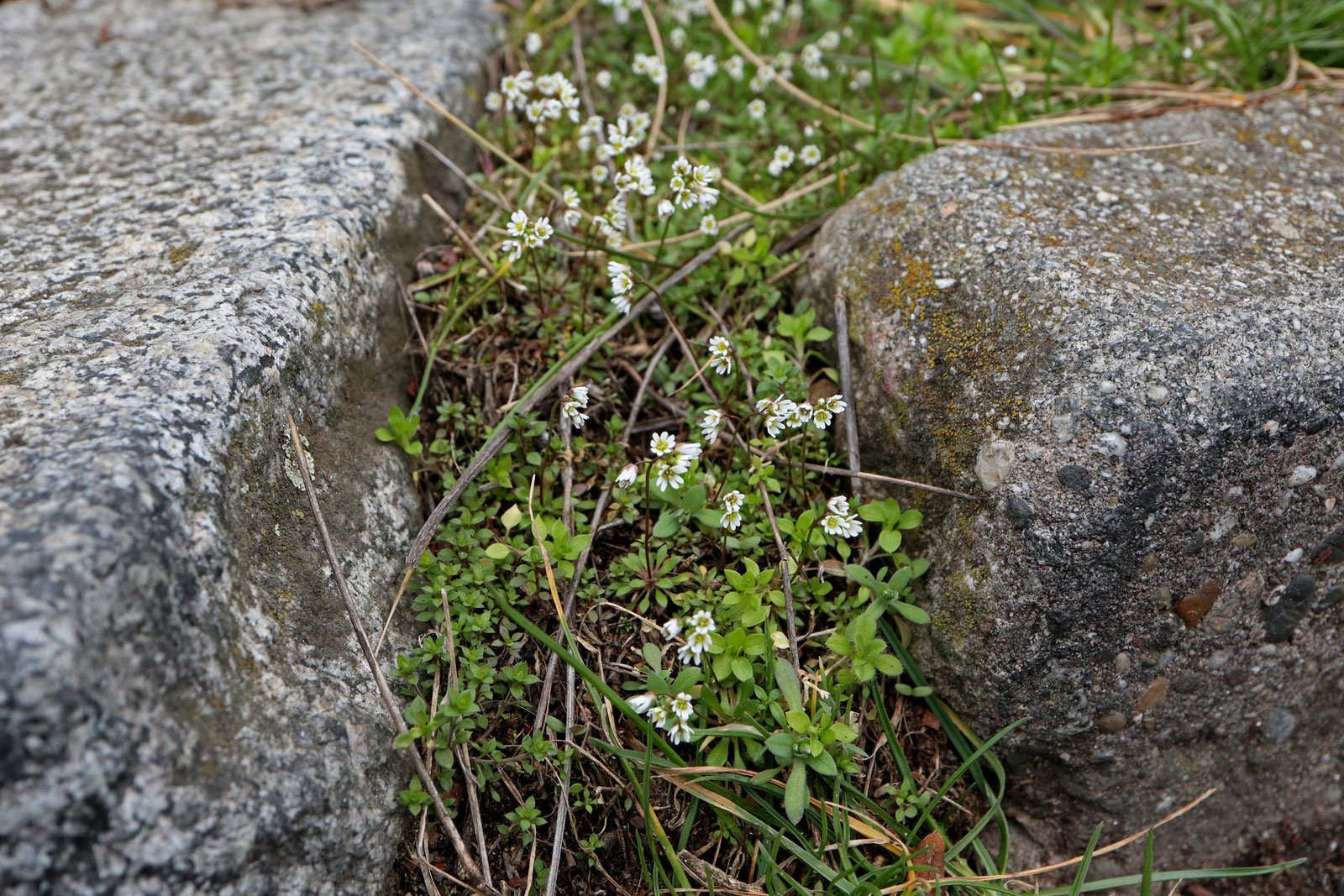
Pollinators
Draba verna is self-fertile and is rarely approached by wild bees.
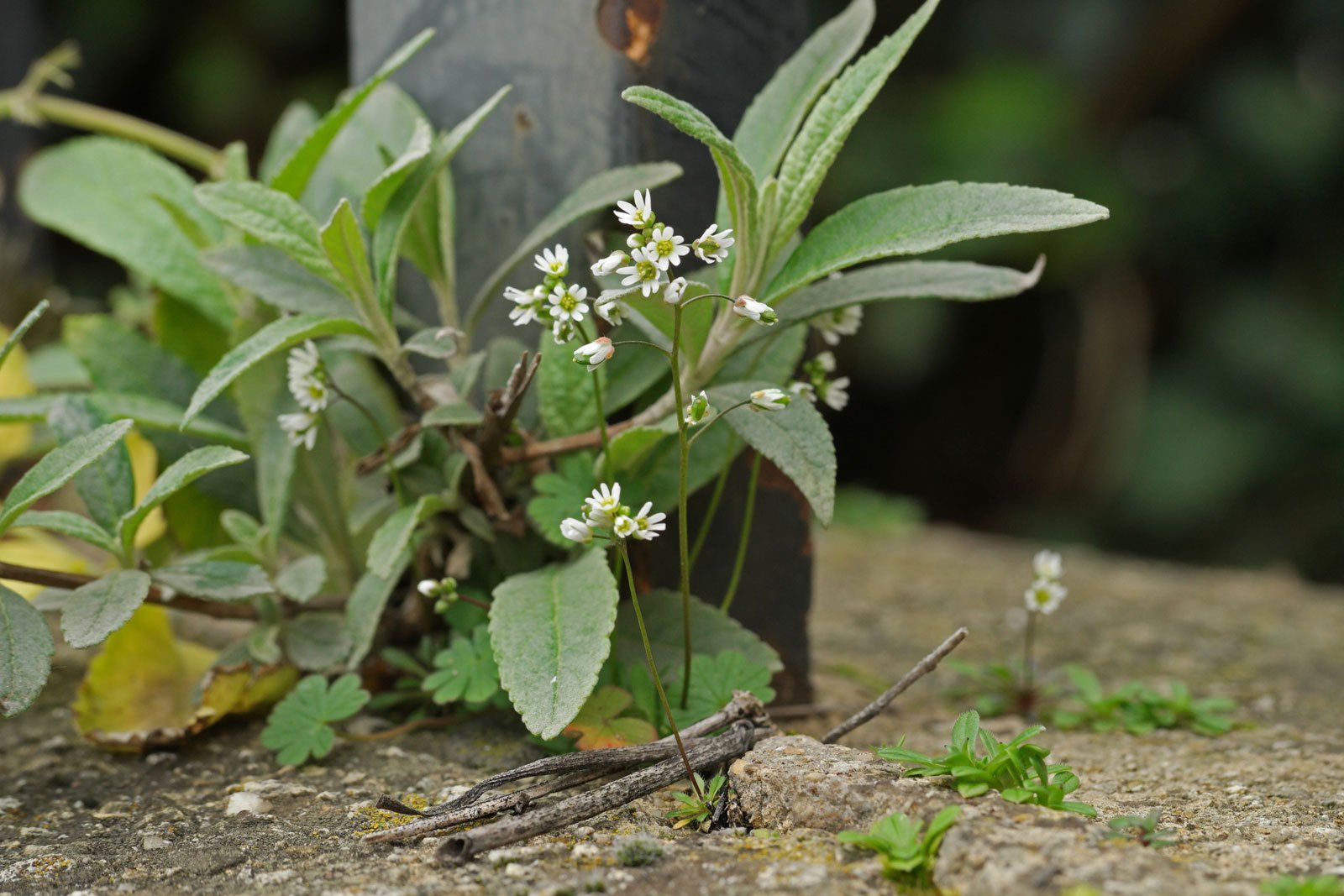
Common names
Dutch
Vroegeling
French
Drave Printanière
German
Frühlings-Hungerblümchen
Italian
Draba primaverile
Spanish
Pan y quesillo, pan y quesito, yerbecilla temprana, erofila

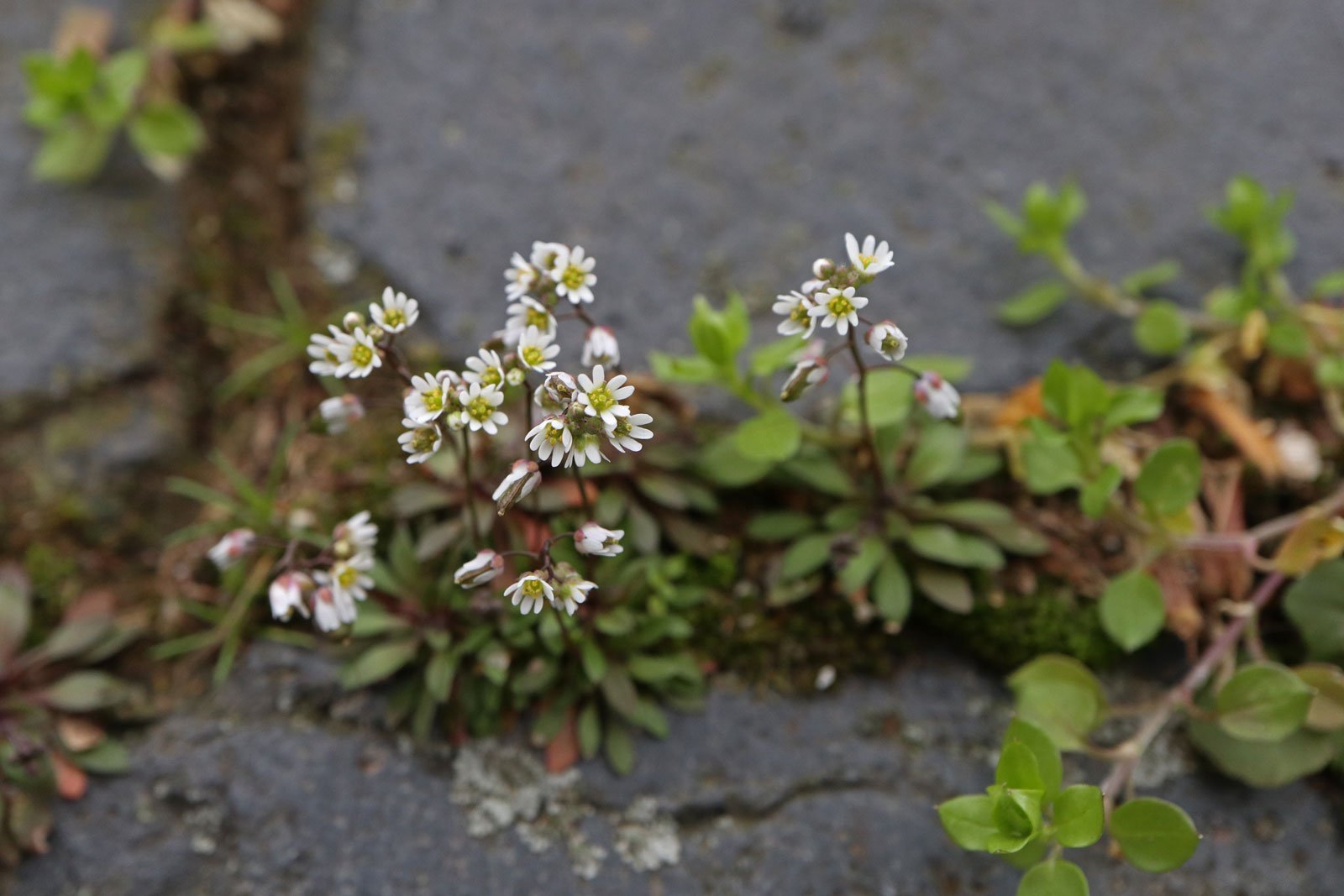
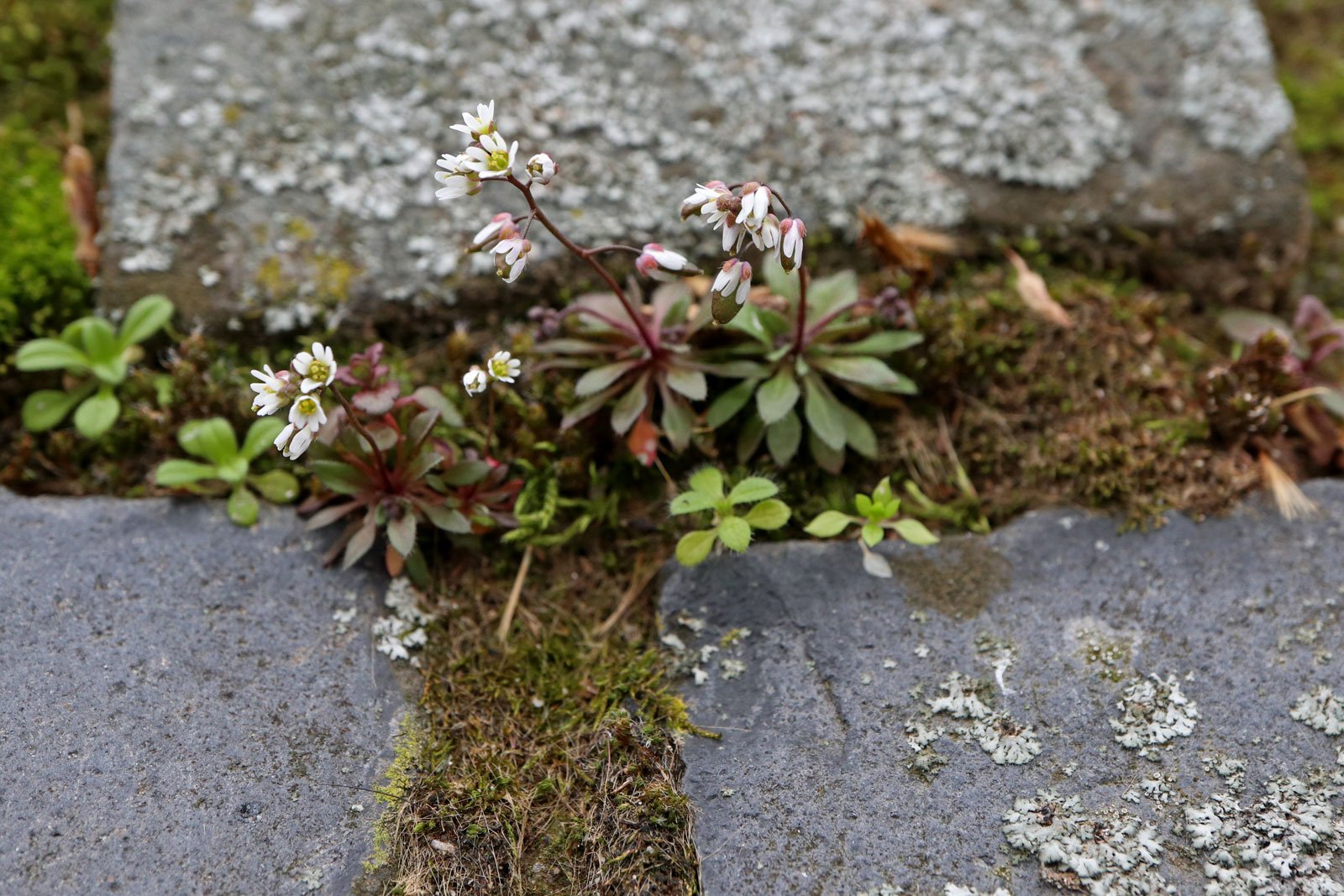
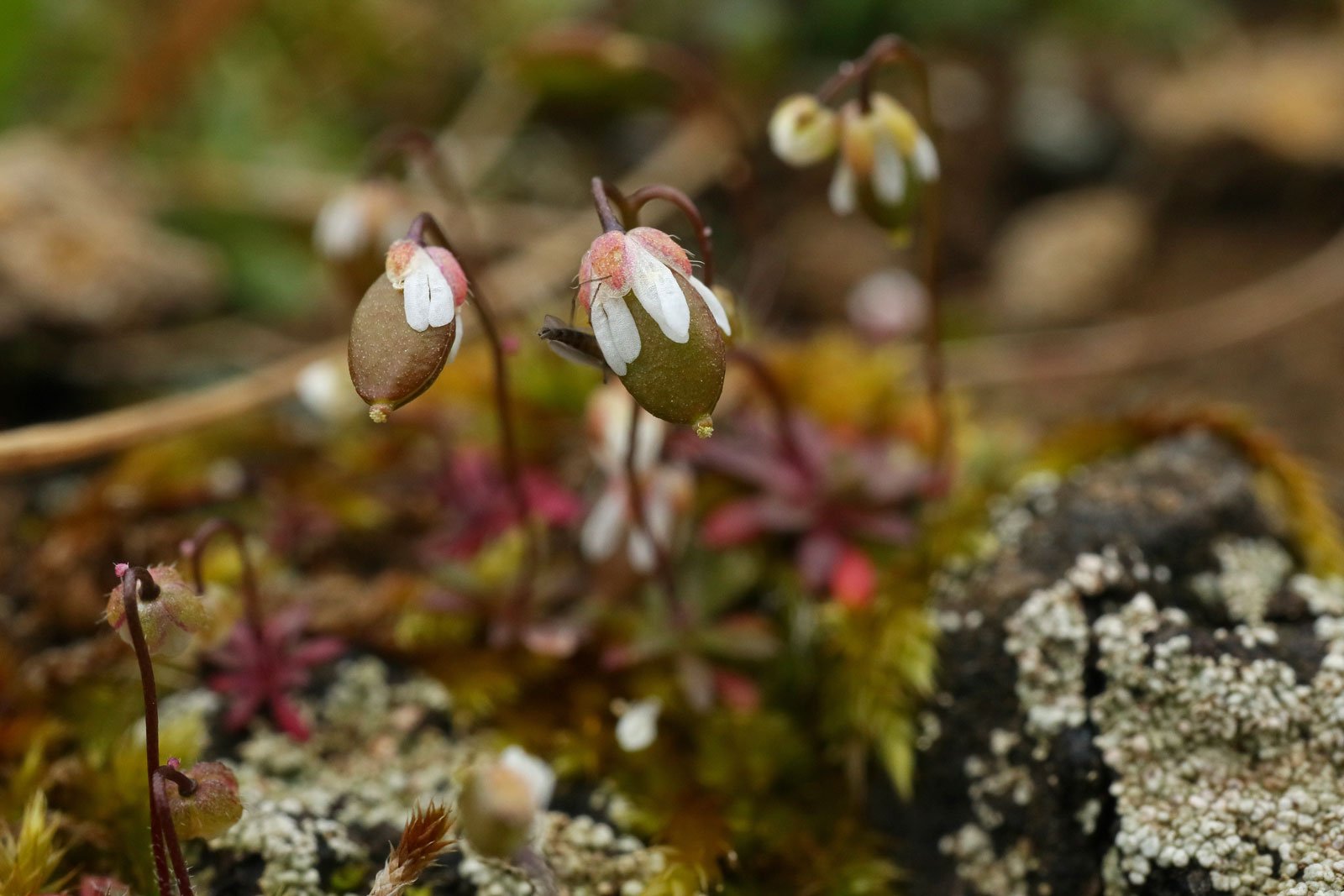
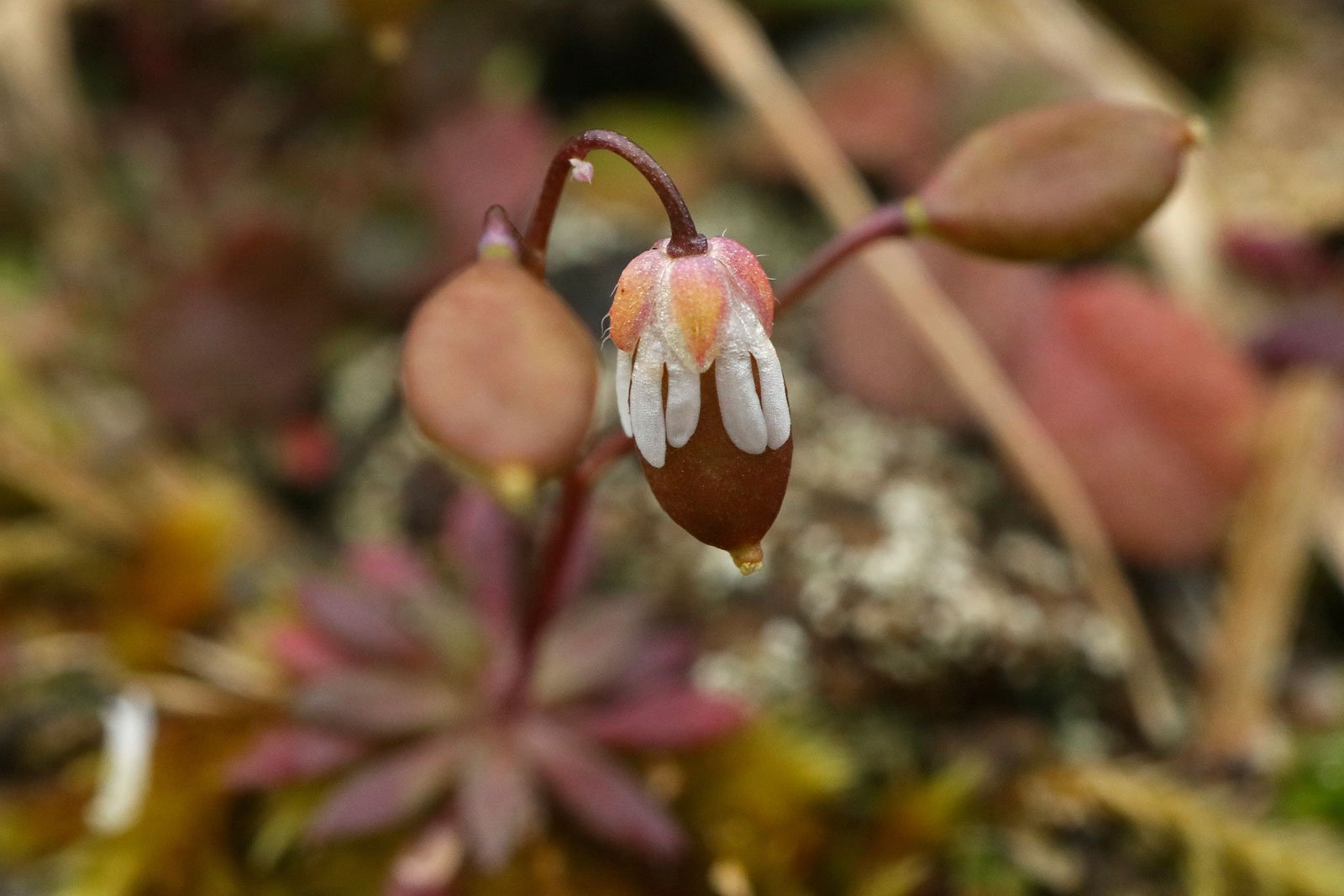
Categories: White flowers | Wildflowers |

 Cakile maritima
Cakile maritima  Eruca vesicaria
Eruca vesicaria  Raphanus sativus var. niger
Raphanus sativus var. niger  Horseradish
Horseradish  Turnip (yellow)
Turnip (yellow)  Isatis tinctoria
Isatis tinctoria  Lepidium didymum
Lepidium didymum 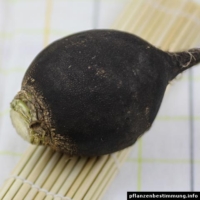 Black Radish
Black Radish  Erysimum cheiri
Erysimum cheiri  Rorippa sylvestris
Rorippa sylvestris  Savoy Cabbage
Savoy Cabbage  How to grow Raphanus raphanistrum from seeds
How to grow Raphanus raphanistrum from seeds 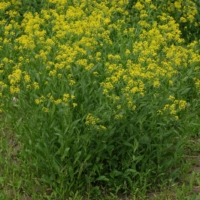 Rorippa austriaca
Rorippa austriaca  Cardamine flexuosa
Cardamine flexuosa  Napa Cabbage
Napa Cabbage 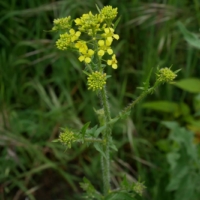 Sisymbrium loeselii
Sisymbrium loeselii  Rutabaga
Rutabaga  Lunaria annua
Lunaria annua  Bunias orientalis
Bunias orientalis  Brussels Sprout
Brussels Sprout  Alliaria petiolata
Alliaria petiolata  Aubrieta × cultorum “Silberrand”
Aubrieta × cultorum “Silberrand”  Lepidium campestre
Lepidium campestre  Cardamine pratensis “Plena”
Cardamine pratensis “Plena”  Draba verna
Draba verna  Lobularia maritima
Lobularia maritima 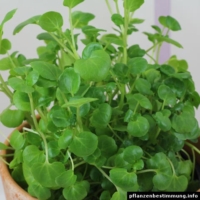 Watercress
Watercress  Broccoli
Broccoli  Anastatica hierochuntica
Anastatica hierochuntica  Erysimum cv.
Erysimum cv. 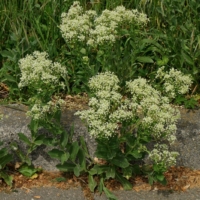 Lepidium draba
Lepidium draba 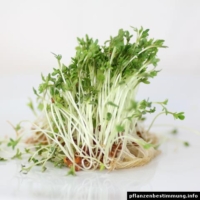 Cress
Cress  Capsella bursa-pastoris
Capsella bursa-pastoris  Barbarea vulgaris
Barbarea vulgaris  Iberis sempervirens
Iberis sempervirens 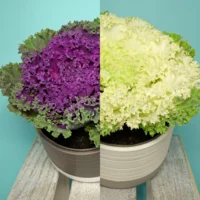 Brassica oleracea var. acephala
Brassica oleracea var. acephala  Bok Choy
Bok Choy  Brassica oleracea var. gongylodes
Brassica oleracea var. gongylodes  Brassica napus
Brassica napus  Kale
Kale  Crambe maritima
Crambe maritima  How to grow Matthiola incana from seeds
How to grow Matthiola incana from seeds  Aurinia saxatilis
Aurinia saxatilis  Garlic Mustard, Jack-By-The-Hedge
Garlic Mustard, Jack-By-The-Hedge  Malcolmia maritima
Malcolmia maritima  Cardamine pratensis
Cardamine pratensis  Kalettes, Kale Sprouts
Kalettes, Kale Sprouts  Leaf Mustard “Red Giant”
Leaf Mustard “Red Giant”  Berteroa incana
Berteroa incana  Lunaria rediviva
Lunaria rediviva 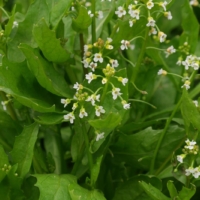 Calepina irregularis
Calepina irregularis  Arabis alpina ssp. caucasica
Arabis alpina ssp. caucasica  Armoracia rusticana
Armoracia rusticana  Eutrema japonicum
Eutrema japonicum 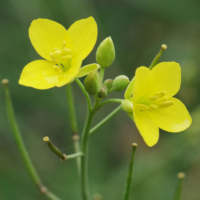 Diplotaxis tenuifolia
Diplotaxis tenuifolia  Cauliflower
Cauliflower  Cardamine hirsuta
Cardamine hirsuta  Eruca vesicaria ssp. sativa
Eruca vesicaria ssp. sativa  Raphanus raphanistrum
Raphanus raphanistrum  Brassica oleracea var. sabellica
Brassica oleracea var. sabellica 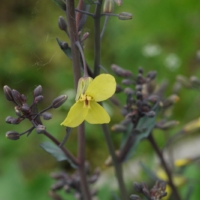 Brassica oleracea convar. capitata var. rubra
Brassica oleracea convar. capitata var. rubra  Romanesco
Romanesco  Brassica oleracea var. ramosa
Brassica oleracea var. ramosa